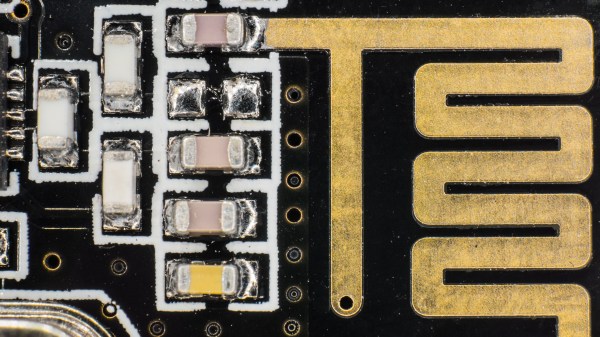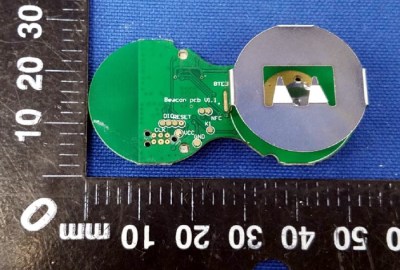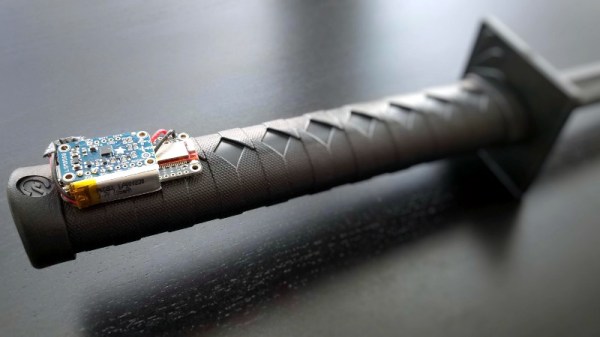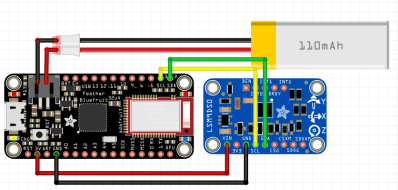These days, if you want a smart watch, you’re spoiled for choice. The major smartphone players all have devices on the market, and there’s plenty of third party manufacturers vying for your dollar, too. You might think it’s impossible achieve the same finish with a 3D printer and a reflow oven, but you’re wrong. [Samson March] didn’t quite fancy something off the shelf, though, and instead build an amazing smartwatch of his own.
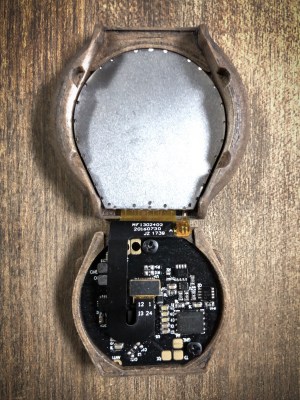 The beautiful case is printed in a woodfilled PLA — consisting of 70% plastic and 30% sawdust. This allows it to be sanded and stained for an attractive final product. Printing artifacts actually add to the look here, creating somewhat of a woodgrain effect. There’s a round LCD for a more classical watch look, which displays various graphics and even contact photos for incoming messages. Like most smartwatches on the market, it uses Bluetooth Low Energy for communication, and has a rechargeable lithium battery inside. Estimated battery life is approximately one week, depending on the frequency of use, and the recharging base he fabricated is as beautiful as the watch itself.
The beautiful case is printed in a woodfilled PLA — consisting of 70% plastic and 30% sawdust. This allows it to be sanded and stained for an attractive final product. Printing artifacts actually add to the look here, creating somewhat of a woodgrain effect. There’s a round LCD for a more classical watch look, which displays various graphics and even contact photos for incoming messages. Like most smartwatches on the market, it uses Bluetooth Low Energy for communication, and has a rechargeable lithium battery inside. Estimated battery life is approximately one week, depending on the frequency of use, and the recharging base he fabricated is as beautiful as the watch itself.
It’s a tidy build that shows off [Samson]’s design skills, and files are available on GitHub if you’d like to make your own. Laying out the full design in Fusion 360 prior to the build enabled the watch to be optimized for size constraints, creating an attractive and comfortable piece. With that said, if you’re a fan of a more hardcore electronic aesthetic, perhaps something 8-bit might be more your speed.
[via reddit, thanks to Aliasmk for the tip!]

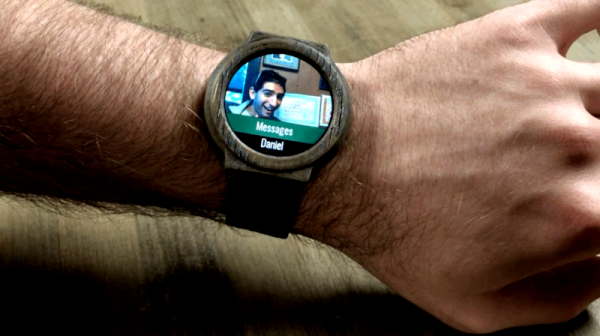



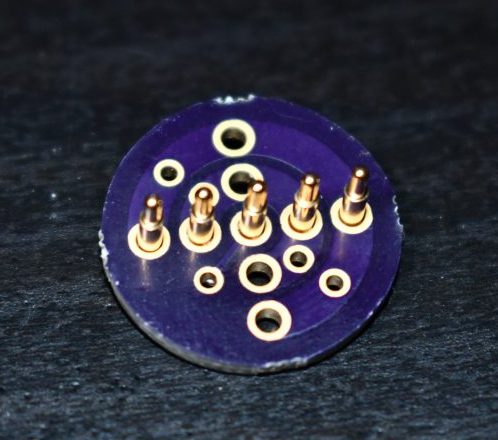
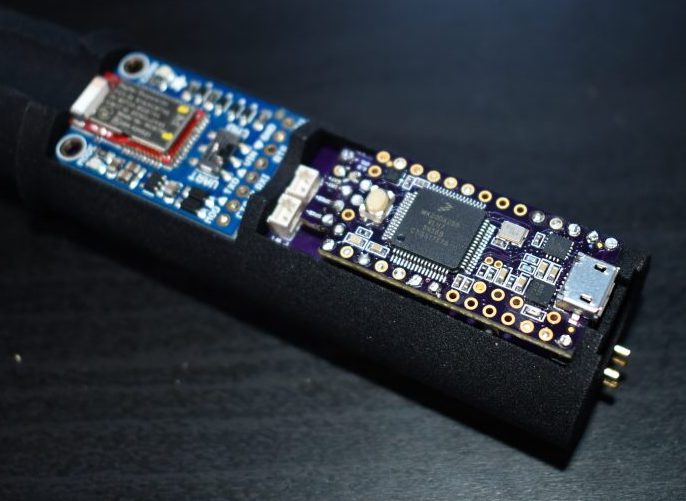 The hilt is filled with an assembly of 18650’s and a Teensy mounted with a custom shield, all fit inside a printed midframe. The whole build is all about robust design that’s easy to assemble. The main board is book-ended by perpendicular PCBs mounted to the ends, one at the top to connect to the blade and one at the bottom to connect to a speaker. Towards the bottom there is space for an optional Bluetooth radio to allow remote RGB control.
The hilt is filled with an assembly of 18650’s and a Teensy mounted with a custom shield, all fit inside a printed midframe. The whole build is all about robust design that’s easy to assemble. The main board is book-ended by perpendicular PCBs mounted to the ends, one at the top to connect to the blade and one at the bottom to connect to a speaker. Towards the bottom there is space for an optional Bluetooth radio to allow remote RGB control.